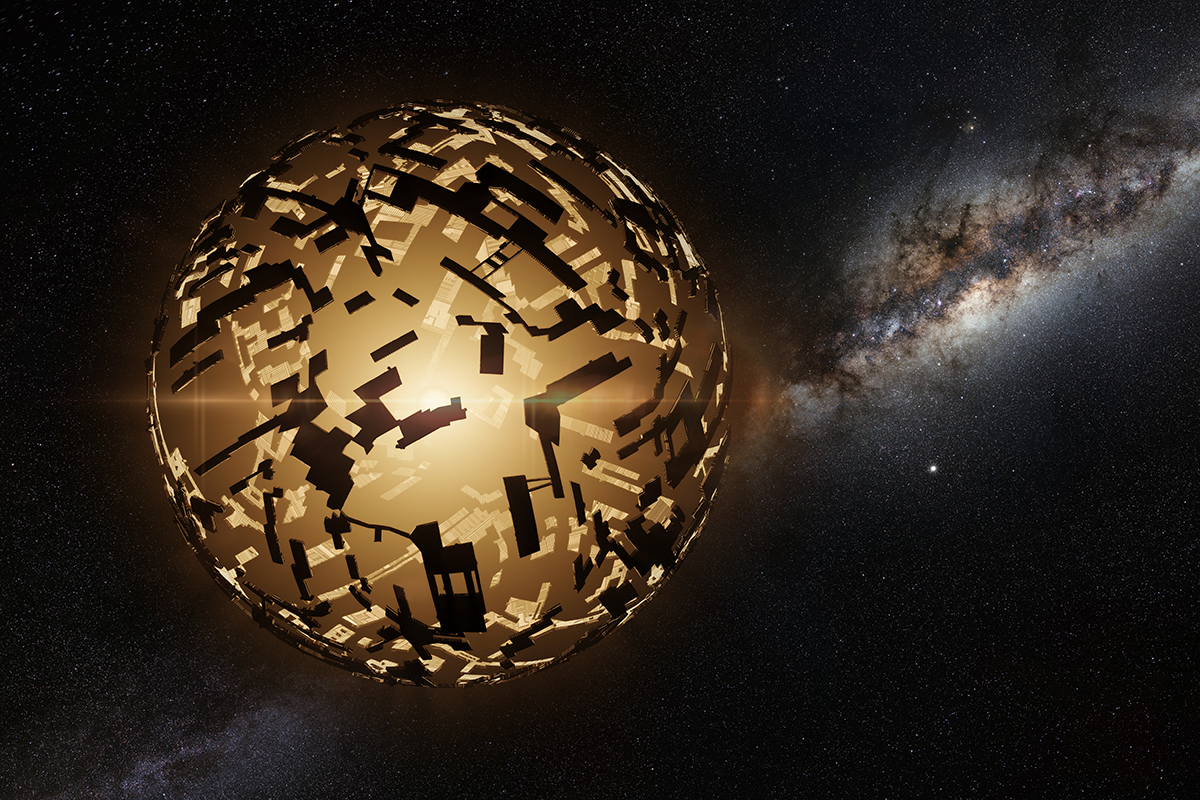Aliens could use quantum signals to communicate with Earth

Quantum signals could be a viable means of establishing contact across interstellar distances. That is according to researchers at the University of Edinburgh, who suggest that detecting extra-terrestrial quantum communication would require new methods and technology (Phys. Rev. D 105 123033).
Quantum links are based on creating entanglement between individual nodes and teleporting quantum states between them. Yet these states are fragile and their tendency to decohere – or lose their quantum nature – limits the stability of the links. The Edinburgh researchers examined whether quantum information could survive the hostile space environment during a journey towards an interstellar receiver.
They calculated the likely impact of several sources of disturbances that a quantum signal would encounter. Gravity, for example, could cause the quantum states to decohere and signals to lose fidelity, or quality. However, the researchers computed that a photon could travel 127 light-years before such decoherence comes into play, meaning that a considerable number of stars with known exoplanets are within reach. The impact of space travel on the fidelity of a quantum signal is slightly different, because decoherence is not the only contributor. “High fidelity” means being able to fully process a quantum signal once it is received. However, the researchers note that if the receiver knows the signal’s origin, they would in principle be able to calculate the signal’s original phase.
Besides gravity, several other factors could disrupt the quantum state of a photon. Interstellar space contains a distribution of electrons, photons, hydrogen atoms and some heavier elements. Locally, such particles can also come from the Sun. But when the researchers calculated the probability of a signal photon interacting with any of these, they found that the mean-free path distance was larger than the observable universe, meaning no considerable interaction can be expected. They also found that photons at X-ray wavelengths have longer mean-free paths through scattering and absorbing media such as gas and dust, and are less susceptible to interference from large magnetic fields, making them favourable for quantum communication.
According to Edinburgh physicist Arjun Berera, there are some benefits for an extra-terrestrial civilization choosing quantum communication over classical signals, including that the quantum nature of the signal would be a sign that it comes from an intelligent source rather than a natural process. Another is that quantum communication makes it possible to pack a lot of information into the signals, especially when using higher-dimensional entangled states.
Berera says that the team’s next step is to establish whether any natural astrophysical sources could also produce coherent quantum photon states. “It would be an important question to answer before we start focusing on the quantum route for finding extraterrestrials,” he says
Martijn Boerkamp